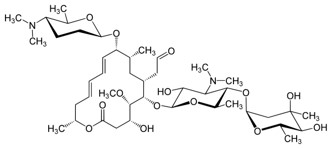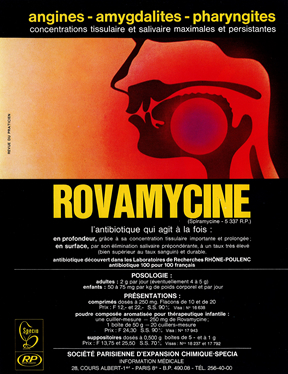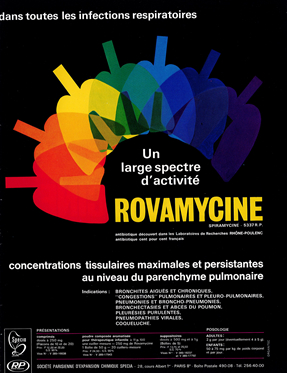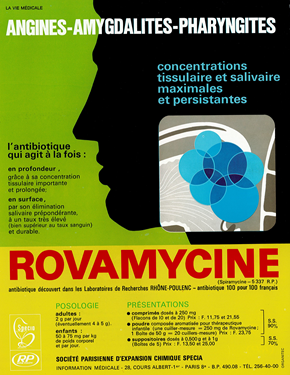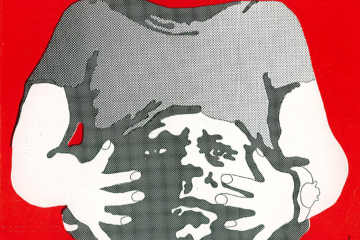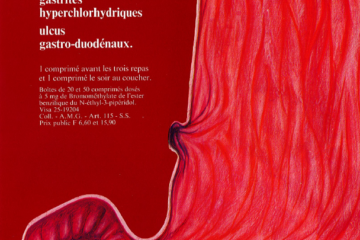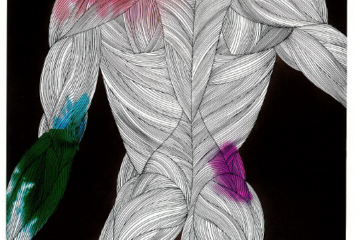The active principle of Rovamycine® is the 16-membered macrolide antibiotic spiramycin. The drug was largely prescribed in the early 1970s to treat infections of the respiratory tract, such as angina, pharyngitis, and tonsillitis. Spiramycin is a natural molecule produced by the soil bacteria Streptomyces ambofaciens which can be cultivated to produce large amounts of the compound.
Today, this antibiotic remains in human medicine as an antibacterial and antiparasitic agent, in particular to treat congenital toxoplasmosis. Infections by the intracellular coccidian parasite Toxoplasma gondii, are frequent. This parasite affects nearly one-third of the human population. The fixed-dose combination spiramycin/metronidazole is largely prescribed in countries like India and China. The compound is also commonly used in veterinary medicine for the control and treatment of several mycoplasma and bacterial infections in poultry. From a chemical view point, spiramycin is biosynthesized from a macrolactone ring (known as platenolide I) substituted with three carbohydrate residues (mycaminose, forosamine, and mycarose) upon the action of glycosyltransferases in S. ambofaciens.
.
Rovamycine® is used to treat the respiratory tract infections. The adverts in the 1970s essentially reflected the benefit of the drug to treat these ENT infections and its capacity to concentrate in the pulmonary tissue.
